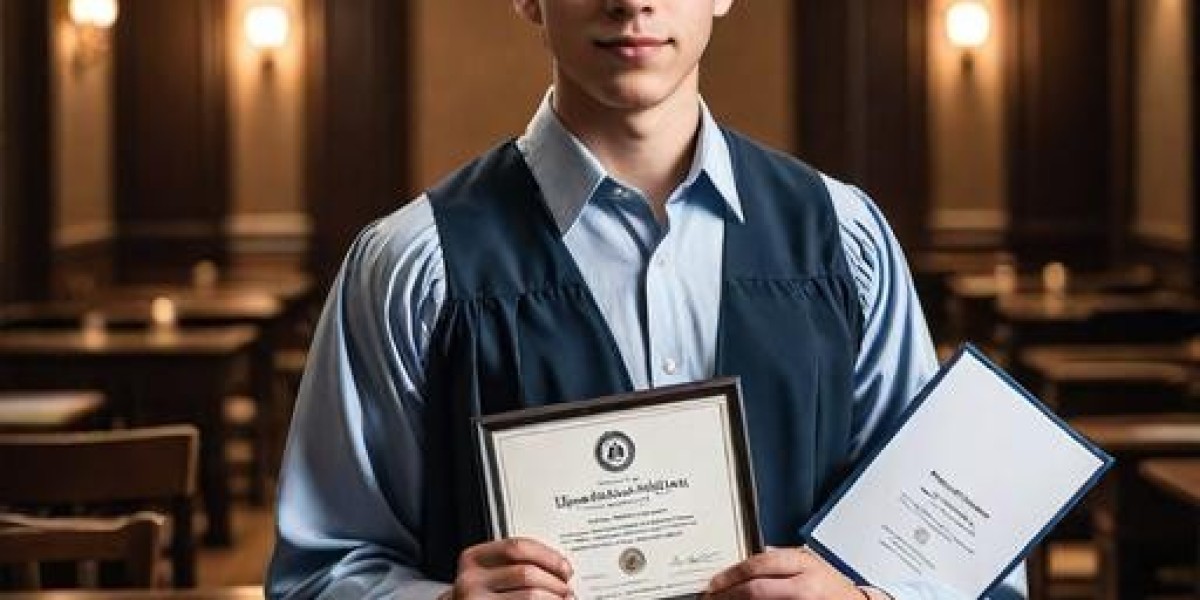Understanding the Process of Obtaining a Driver's License: An In-Depth Guide
Obtaining a driver's license is frequently seen as an initiation rite for numerous individuals. It represents not only the ability to run a vehicle lawfully but also the newly found independence that features it. Nevertheless, the procedure of getting a driver's license can differ substantially based on geographic area, age, and personal situations. This short article supplies a comprehensive summary of how to obtain a driver's license, what documentation is needed, and responses to regularly asked concerns.
Steps to Obtain a Driver's License
The procedure typically involves a number of actions, which may vary depending upon regional policies and the kind of driver's license looked for. Below are the basic steps one might follow:
1. Figure out Eligibility
Before starting the journey to get a driver's license, people must first determine their eligibility based upon a number of requirements, which might consist of:

- Age Requirement: Most locations have a minimum age requirement, frequently ranging from 16 to 18.
- Residency: Applicants should be citizens of the state or region where they are applying.
- Legal Status: Ensure all documents complies with regional laws.
2. Total a Driver's Education Course
Numerous states need new drivers to finish a driver's education course, particularly for those under the age of 18. These courses generally cover the following:
- Traffic laws and policies
- Defensive driving techniques
- Risk acknowledgment
3. Get a Learner's Permit
Once the instructional requirements are satisfied, an applicant can obtain a student's permit. This allows for supervised driving while practicing skills. The steps to get a learner's permit usually include:
- Submitting an application
- Passing a composed knowledge test
- Paying suitable fees
4. Practice Driving
With a student's permit in hand, new Buy drivers license should log a particular variety of hours of practice driving, typically under the guidance of a certified adult. This practical experience is vital for building self-confidence and skills behind the wheel.
5. Set Up a Driving Test
After fulfilling the practice requirements, individuals can schedule a driving test. The driving test usually includes:
- A car security assessment, confirming that the vehicle is roadworthy
- Maneuvers such as turning, parallel parking, and following traffic signals
- A presentation of protective driving methods
6. Obtain the Driver's License
Upon successfully passing the driving test, candidates can acquire their driver's license. The requirements for acquiring the license might consist of:
- Submission of essential documents (evidence of identity, residency, etc)
- Payment of licensing charges
- Issuance of a provisional or complete license depending upon age and driving experience
7. Familiarize Yourself with Driving Regulations
Having actually obtained a driver's license, it's vital to remain educated about local driving laws, policies, and any modifications that might occur. Awareness of laws relating to speeding, driving under the impact, and seatbelt usage can prevent future legal concerns.
Documents Required to Obtain a Driver's License
The documentation required during the application procedure can vary by region, but typically consists of:
- Proof of Identity: This might consist of a birth certificate, passport, or social security card.
- Proof of Residency: Documents like utility costs or bank statements revealing the applicant's name and address.
- Conclusion Certificate: Proof of completion for a driver's education course, if suitable.
- Student's Permit: If the candidate is transitioning from a student's permit.
Common FAQs
1. The length of time is a driver's license legitimate?
The validity duration for a driver's license varies by jurisdiction. In lots of locations, licenses should be restored every four to 8 years. Inspect local guidelines for specific information.
2. What should I do if I stop working the driving test?
If you fail the driving test, remain calm. Each state normally permits retaking the exam after a set waiting period. Utilize the time to practice and enhance your skills.
3. Can I drive with a student's permit?
Yes, but just when accompanied by a certified grownup who meets particular requirements, such as being over a specific age and having a valid driver's license.
4. Are there additional requirements for industrial licenses?
Yes, people looking for an industrial driver's license (CDL) must go through extra training and screening particular to the type of vehicle they mean to run, consisting of specific medical requirements.
5. What are the constraints on a provisional license?
Provisional licenses frequently come with particular constraints, such as limitations on nighttime driving or bring travelers. Familiarize yourself with these rules to avoid penalties.
6. How can I get ready for the composed understanding test?
To prepare for the written understanding test, study your state's driver handbook, take practice quizzes offered through various online platforms, and think about enrolling in a driver's education course if you have refrained from doing so already.
Acquiring a driver's license is a considerable turning point that requires careful preparation and adherence to regional guidelines. By comprehending the actions involved, collecting the essential paperwork, and remaining informed about driving laws, prospective drivers can navigate this procedure smoothly. As more people take to the roads, knowing the requirements and being mindful of security measures becomes significantly vital. With persistent practice and awareness, the journey from learner's authorization to full-fledged driver can be a fulfilling experience, symbolizing both liberty and responsibility.








